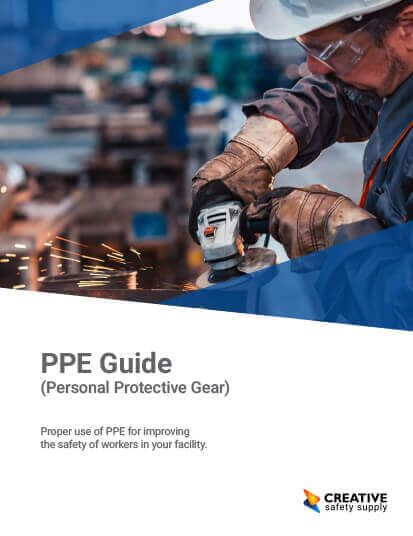
In response to the surge of new coronavirus cases in the United States, the U.S. Centers for Disease Control and Prevention recommends practicing social distancing and quarantine—two different public health measures—to slow the spread of COVID-19.
What is self-quarantine?
Healthcare professionals recommend self-quarantine for people who have been exposed to the new coronavirus and who are at a higher risk of catching the virus. The CDC defines quarantine as separating and restricting the movement of people who were exposed to a contagious or communicable disease. Even if the individual is showing no signs of symptoms, the goal is to prevent the spread by keeping those that have been exposed to the coronavirus from interacting with those who have not been exposed. With COVID-19, the CDC recommends a 14-day quarantine period following known exposure to monitor for symptoms. Individuals quarantine should stay home and away from others as much as possible in that two-week period, not leaving to shop, eat, or socialize.
What is social distancing?
Social and physical distancing on the other hand, should be practiced by everyone regardless of exposure. It’s a broad category that means no shaking hands, no large crowds, and maintaining a distance of at least 6 feet (or 2 meters) from others. Social distancing, any effort to deliberately increase the physical space between people, can be practiced on a large scale in a community or on an individual basis. Businesses practice social distancing when they stagger work hours or ask employees to work from home, the government encourages social distancing by closing public schools and parks, and even the Olympics are enforcing social distancing by postponing the 2020 summer games. When joggers keep their distance from pedestrians on the sidewalk, that individual is practicing social distancing.
Both social distancing and self-quarantine are preventative nonpharmaceutical interventions (NPIs) we can take to slow the spread of COVID-19 in a city, town, or community. Staying home when you feel sick and washing your hands often will help to flatten the curve, lessen the coronavirus impact, and ensure hospitals can provide adequate care for patients.
Similar Questions
- Why is social distancing important?
- What is the difference between social distancing and isolation?
- Will social distancing continue after the lockdown?
- How does social distancing work?
- What is the scale of social distancing?
- What is the difference between social distancing and self-isolation?
- What is the difference between social distancing and physical distancing?
- Why should social distancing be practiced?
- What are social distancing recommendations?

